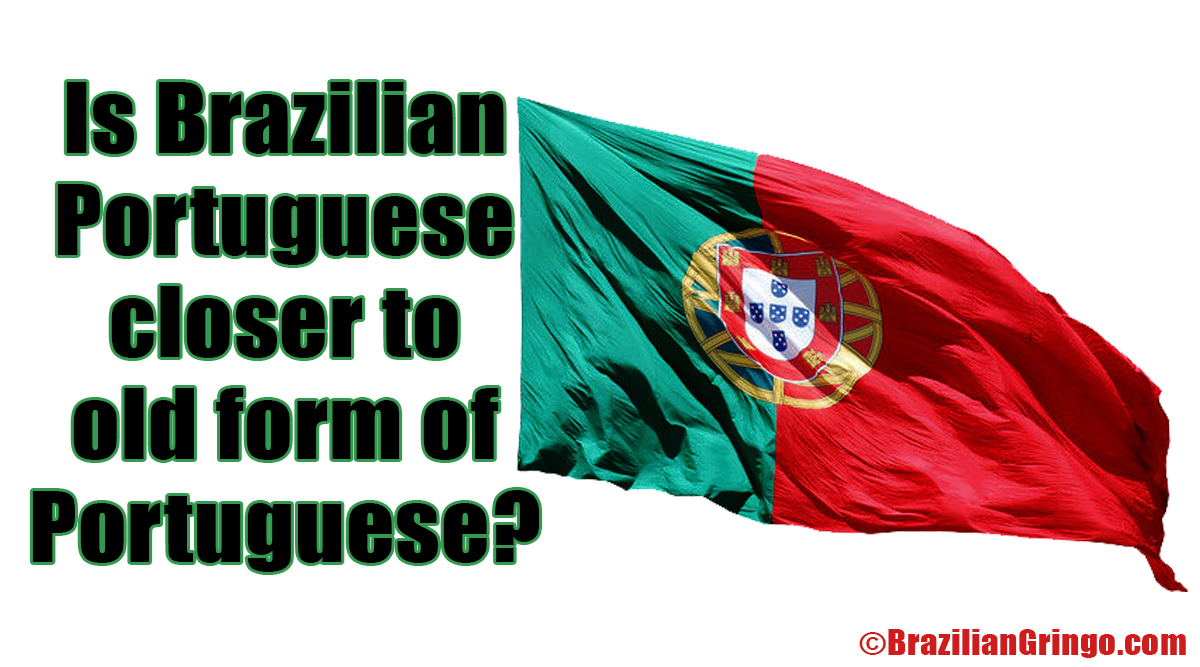There is an argument to be made that in some respects, Brazilian Portuguese has retained features that are closer to older forms of Portuguese compared to modern European Portuguese:
- Phonetically, the pronunciation of consonants and vowel sounds in Brazilian Portuguese has changed less than in European Portuguese over the centuries. This makes some of its pronunciations more similar to how words were spoken in centuries-past Portuguese.
- Morphologically, Brazilian Portuguese preserved more complex verb conjugations and noun declensions that have since been simplified in European Portuguese. For example, the imperative “tu” form of verbs is retained only in Brazil.
- Lexically, Brazilian Portuguese kept a number of words and terms that fell out of use in Europe but were transported overseas in the 1600s-1700s. Examples include words for plants, animals and foodstuffs native to Brazil.
- Syntax patterns as well, with Brazil maintaining sentence structures and word order rules that have evolved differently in modern European Portuguese.
- Regional accents within Brazil also frozen older Portuguese phonological and grammatical aspects, like dropping object pronouns in some areas.
However, Brazilian Portuguese also integrated many new vocabulary from indigenous and African languages. So in terms of overall development, it has diverged significantly as its own authentic dialect rather than remaining static.
But compared side by side with European Portuguese, some analysis has found Brazilian Portuguese sounds and constructs align more closely to records of how Portuguese was spoken centuries ago, before significant changes in Europe.
